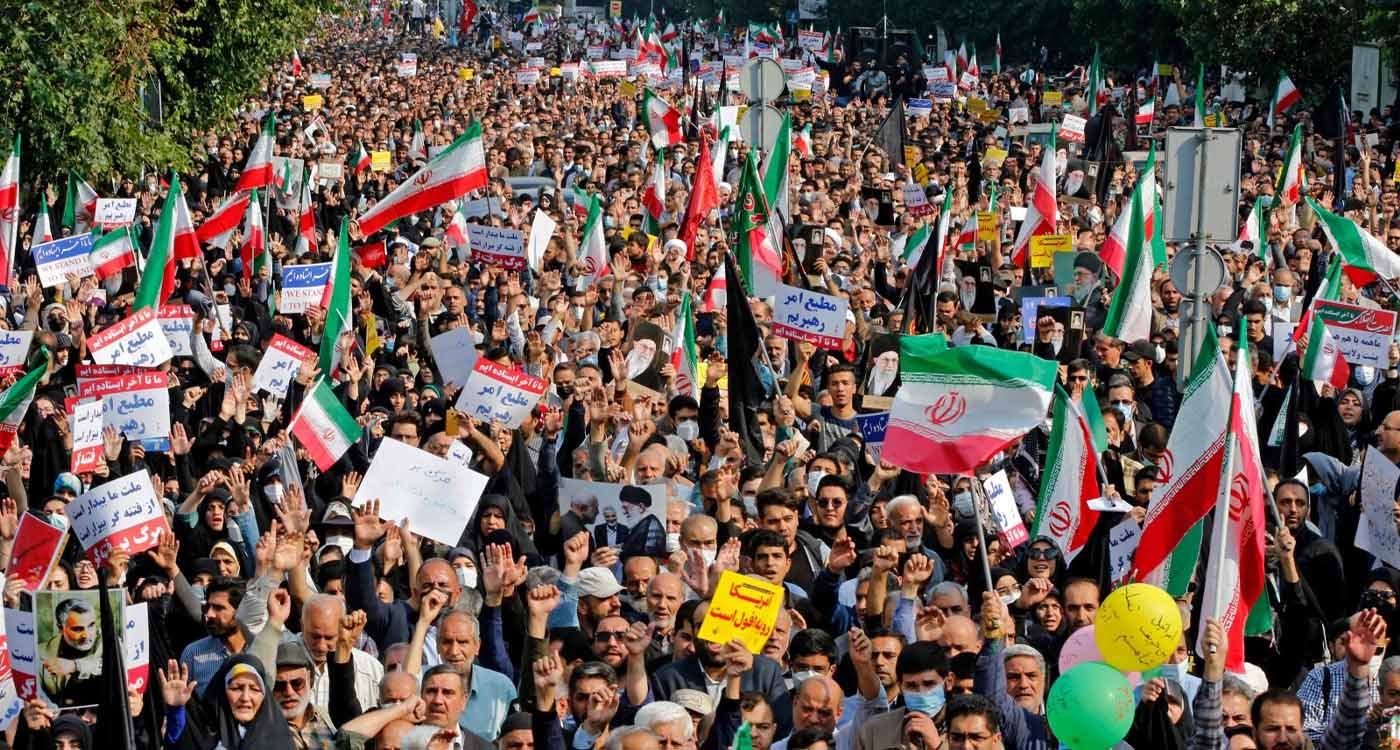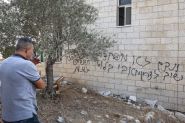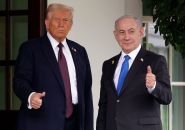- Home
- Middle East
- Iran: What Are the Chances for a Popular Uprising?

©AFP
The ongoing turmoil in the Middle East has reignited a longstanding question: Could the current war in the Middle East and the weakening of the Iranian regime pave the way for a popular uprising capable of toppling or deeply transforming the country’s leadership? And if such an uprising were to occur, would it stand a better chance of success than previous protests, which have been harshly suppressed, especially with potential international support?
The recent regional war that has shaken the Middle East has reignited a persistent question: Is Iran now on the brink of a large-scale popular uprising capable of shaking, or even overthrowing, the current regime? Could the current circumstances truly lead to a profound political transformation, or should we instead expect a tightening of authoritarian control? While the erosion of the theocratic power, economic decline and the surge of a youth eager for freedom seem to create the conditions for a social explosion, many experts and observers remain skeptical about the likelihood of such an uprising. An analysis.
Since the Islamic Revolution of 1979, Iran has experienced several waves of protest: in 2009, 2017-2018, 2019 and most recently after Mahsa Amini’s death in 2022, under the “Women, Life, Freedom” movement. All were met with harsh repression.
Today, the Iranian crisis is so severe that the country’s economy—battered by the ongoing war, international sanctions and mismanagement—is teetering. Skyrocketing inflation, massive unemployment and growing poverty are all factors that might suggest the possibility of an uprising.
“The US withdrawal from the nuclear deal in 2018 sped up the economic collapse,” says an expert interviewed by This is Beirut. “On top of that, popular trust in the regime—viewed as distant and authoritarian—has been deeply eroded.” Adding to this is a demographic factor that, he argues, fuels the situation: over half the population is under 35. Connected and educated, this younger generation yearns for political and social modernization—something the regime, seen as outdated, appears unable to provide.
And yet, the Regime Endures: How and Why?
While these popular movements exposed widespread frustration over corruption, political repression and social inequality, they have consistently failed to take root due to the lack of unified leadership, sustained coordination and external support. “The conditions simply aren’t in place for a lasting uprising,” says Jonathan Piron, historian and political scientist at Etopia, and a Middle East specialist. “We’re in a post-conflict phase defined by fear, repression and the absence of any credible political alternative.” He adds that the fragmentation of the opposition in exile only deepens this weakness. Monarchists, secular republicans, People’s Mujahideen, democrats, social liberals—all these factions struggle to come together, weakened by decades of ideological divides and mutual distrust.
“There is no consensus within the diaspora. The few attempts at unity quickly fell apart,” he continues. He adds that the only group with some structured support—the one around the Shah’s son, Reza Pahlavi—is discredited in the eyes of part of the opposition due to its ties with Israel and its backing from US neoconservatives.
This division makes it nearly impossible to build a mass movement strong enough to break free from the regime’s security clampdown. According to Piron, even with the intense socio-economic pressures, it’s not enough, “Rising up comes with a high price. Going on strike means losing your income. And if people can’t meet their basic needs, they simply won’t be able to sustain a movement over time.”
Another analyst, speaking anonymously to This is Beirut, echoes this view, “The internal opposition remains fractured, with no widely accepted leadership able to unite reformists, radicals and exiles. This division is what currently undermines any chance of turning social unrest into a lasting political force.”
What About International Support?
Opinions vary on the dynamics that could either help or hinder a regime change. Some believe that the international community and intelligence agencies are actively working toward toppling the regime, while others argue that the stakes lie elsewhere.
Michel Duclos, special advisor at the Institut Montaigne, former ambassador and former deputy permanent representative of France to the United Nations in New York, believes that Western powers, despite their criticism of Tehran, do not want to trigger chaos in an already unstable region.
He explains that under Donald Trump, the US favored a transactional approach: applying pressure to secure better deals without pushing for regime change. According to him, “the American president is, at best, indifferent to the nature of the regime. What matters is making a deal.”
He supports his argument by recalling that after the war—specifically on June 24—Trump authorized the transfer of Iranian oil to China, a move aimed at “temporarily stabilizing the regime and keeping the door open for a renegotiation of the nuclear deal.” “This isn’t about supporting the regime, but keeping it standing just enough to allow for dialogue,” Duclos explains.
This approach, he says, creates a distance from Israel’s more maximalist stance, which focuses on completely weakening the regime. Israel, in fact, sought to prolong the conflict to exhaust the regime and spark regional uprisings. “It’s no coincidence that Tabriz, an Azerbaijani stronghold, was heavily targeted—it was a test of the regime’s peripheral loyalty,” Duclos notes. But the war lasted only 12 days before Trump pushed for a ceasefire.
As for Tehran’s allies, such as China and Russia, they support the status quo, keen to protect their economic and geopolitical interests. According to Duclos, this dynamic significantly limits the possibility of active international support for popular uprisings.
Regionally, Gulf states like Saudi Arabia compete with Tehran. However, they favor pragmatic and indirect approaches, avoiding direct confrontation that could spark a wider conflict.
A Strengthened Iranian Regime?
For an uprising to succeed, several conditions must align: a strong, unifying trigger, unified leadership, an organization resilient enough to withstand repression and an international context that limits the regime’s ability to crush dissent.
Yet, the Iranian regime still wields a powerful security apparatus, a solid ideological framework, and retains some conservative popular support, especially in rural areas and among older generations.
Rather than a democratic shift, what seems more likely is an internal hardening of the regime. Both Piron and Duclos tell us that repression is already underway, with mass arrests in multiple cities. Paranoia has settled at the top, especially after infiltration by Israeli intelligence and threats of uprising. Today, growing distrust toward the population is being actively fueled. “The regime will do what it knows best: repress, constrain and tighten control,” Piron concludes.
According to Michel Duclos, the shockwaves from the war are more likely to trigger a reshuffle of internal power rather than a collapse. “We could see power struggles between factions within the regime, particularly in the security services,” he says. He expects the clergy to be gradually sidelined in favor of the Revolutionary Guards’ security wing. Less preoccupied with social issues, this faction may be more determined to secretly advance the nuclear program.
In this scenario, Iran would become a more authoritarian and militarized state, though possibly slightly less socially conservative. This would represent an internal transformation, far from the idea of a liberating uprising.
Given the current situation, the war hasn’t weakened the regime enough to topple it. On the contrary, it has temporarily rallied support around the leadership. But Duclos warns this “rally-around-the-flag” effect may be short-lived. The daily struggles with poverty, diplomatic isolation and repression could soon reignite popular anger.
The biggest question, he says, is whether the regime can seriously negotiate a new deal with the United States. There may be an opening, but the Iranian leadership has often missed opportunities, caught between ideological hardliners and political pragmatism.
Read more





Comments